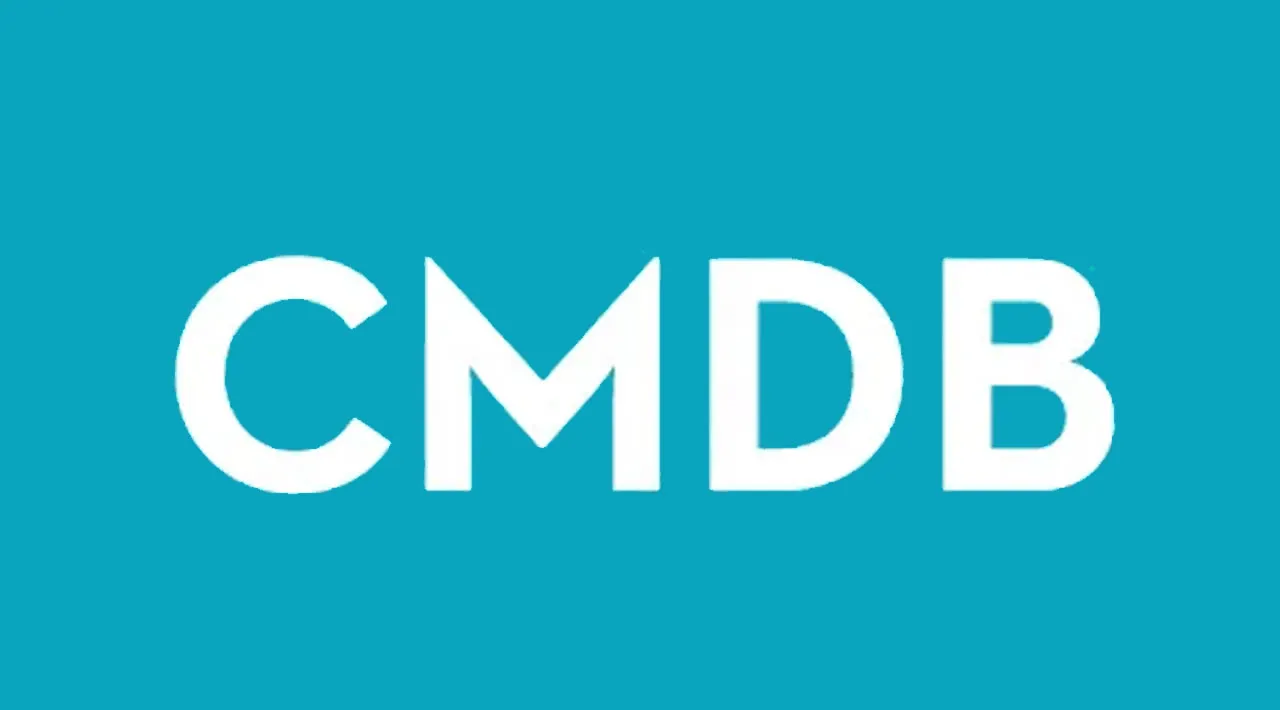Many enterprise IT organizations have a Configuration Management Database (CMDB) in place. These systems are important for overall configuration management, governance and DevOps coordination. Yet these legacy data repository systems can fall short in our dynamic IT environment. They require manual updating and can’t always support real-time decision-making. Furthermore, we have new requirements since the onset of widespread WFH workplaces. In this article, we talk about the past and current role of the CMDB, how it is evolving and how integrating it with other IT operations systems can modernize infrastructure monitoring and configuration management.
Some history
Remember the enormous fuss over Y2K? IT execs were concerned that the new century turnover would break their systems, which led to the secondary concern that they weren’t sure what was even on the network. The 2001 release of ITIL v2 best practice led to the notion of a Configuration Management Database (CMDB) which would enable the tracking of every technology asset and its configurations and show the relationship between those assets. Yet getting all that data in one place proved to be a problem—one which has persisted to this day.
#devops
